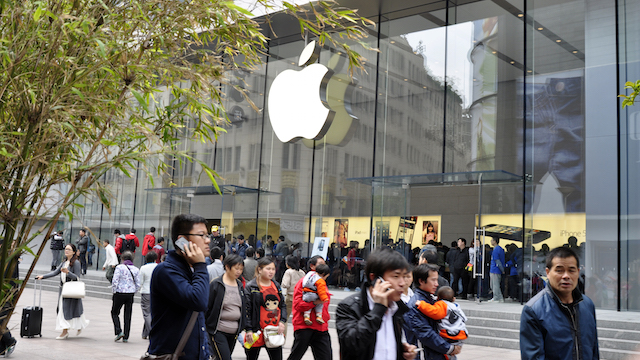As local brands erode its market share, Apple China has started promoting new apps and services.
Apple’s iPhone was once a status symbol, and after North America the greater China region, including Hong Kong and Taiwan, became the tech company’s second-largest market. More than 27 per cent of its revenue in the last quarter of last year came from China.
However, domestic competitors offering lower-priced models with comparable features have been grabbing a larger slice of the Apple pie. In the mobile handset market, iPhone’s share slid to less than 13 per cent in this first quarter from 16 per cent in the same period last year, according to US market analysis group International Data Corporation. Local brand Huawei’s share grew from 11 to 16 per cent in the quarter, while low-end offerings Oppo and Vivo more than doubled their market share.
China blamed
Apple’s earnings in China have consequently taken a dive by 26 per cent to $12.49 billion, and China has been blamed for more than half the decline in Apple’s global revenue in March, when it had its first quarterly drop in 13 years.
Now it is moving its attention to such areas as online payment, apps and services in China, and has plans to invest $1 billion in the Chinese ride-hailing service Didi Chuxing.
Apple says sales of its flagship product, the iPhone, faded 18 per cent for the first time worldwide in the first quarter. During the period, 2 million fewer iPhones were sold compared with the first quarter of 2015, with 11.5 million units moved.
To sell directly to customers, Apple has been opening new stores and expanding its sales network in China. There are expected be 40 Apple stores by the end of this year, up from 24 last year. Five outlets were opened in January in cities including Guangzhou, Qingdao and Xiamen.
Apple has also partnered with mobile phone dealers like Shenzhen Aishidi in smaller cities.
*Photo credit: Louis Allen.






